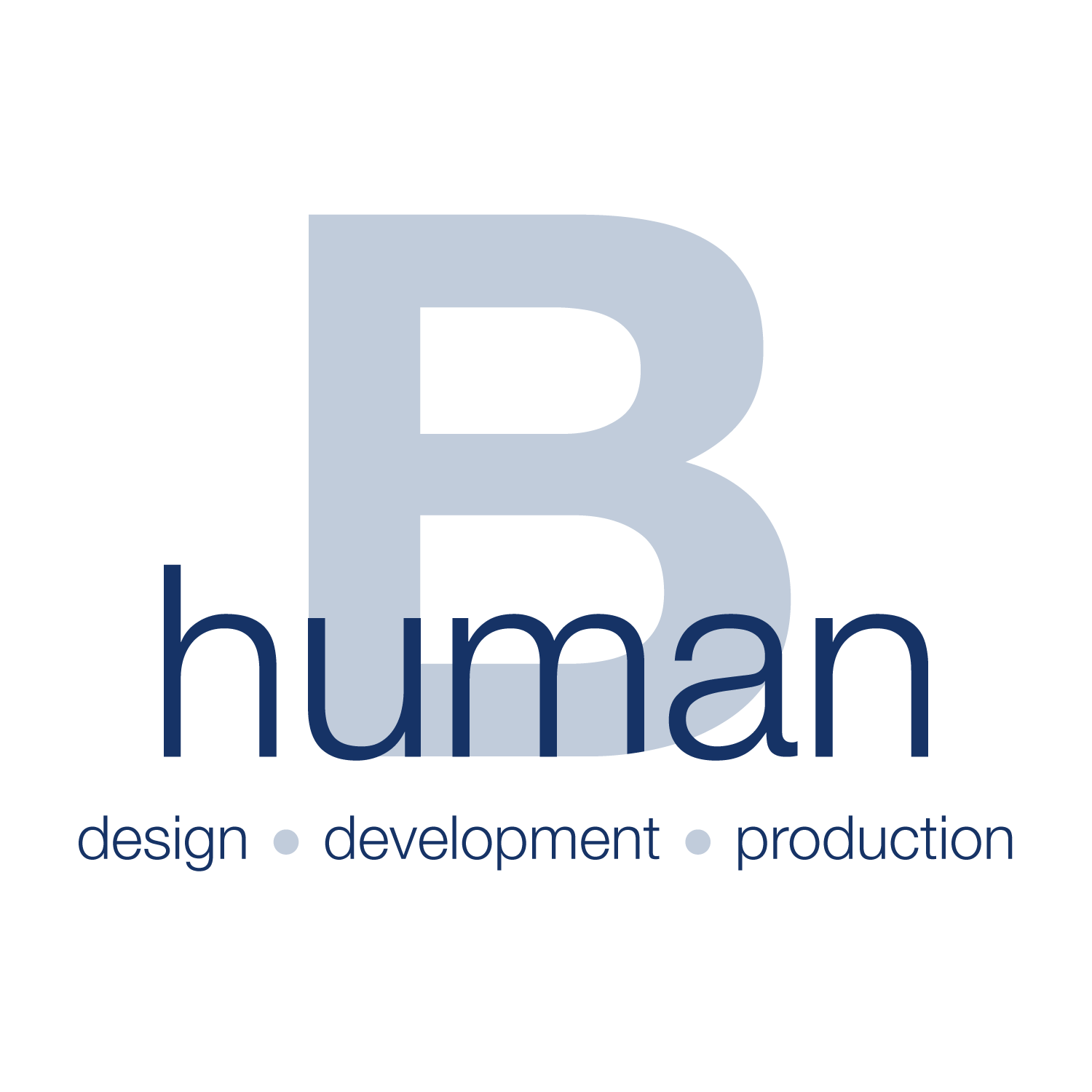PaperGirl is a brightly illustrated and inspiring made in NY childrenswear line that our company manged the development and production for this past year before launching their first collection in April 2015!
The stunning original artwork that make up each print on the garments, coordinates with a booklet (also designed and written by the designer) stored inside the garment’s pocket to inspire its little wearers to dream as individuals. Here we meet the designer behind the imaginative brand to hear her unique story:





















